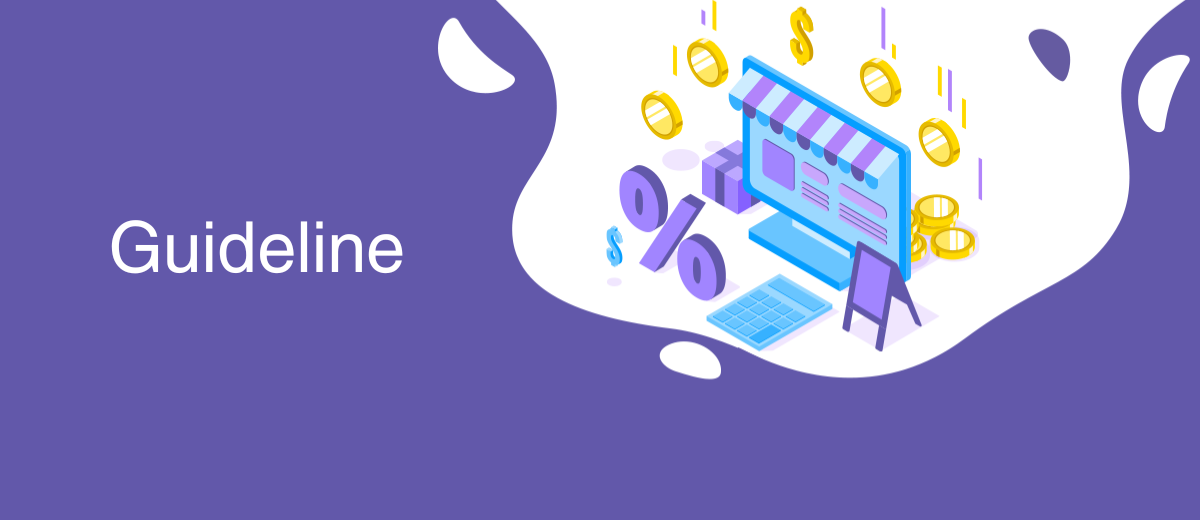Guideline
A guideline is a set of recommendations or best practices that help organizations maintain consistency, comply with regulations, improve operations, and achieve their goals. Developed by industry experts, regulatory bodies, or professional associations, guidelines cover various aspects of organizational management, including human resources, finance, marketing, customer service, and workplace safety. By adhering to these guidelines, businesses can enhance their performance, minimize risks, and ensure ethical and responsible practices.
Types of guidelines:
- Human resources guidelines: These guidelines provide direction on recruiting, hiring, training, performance management, and employee relations, promoting a fair and inclusive workplace environment.
- Financial guidelines: These guidelines offer best practices for financial management, such as budgeting, reporting, auditing, and regulatory compliance, ensuring that businesses maintain financial stability and transparency.
- Marketing guidelines:
These guidelines outline principles for ethical and effective marketing
strategies, including advertising, branding, digital marketing, and text
blast marketing, helping businesses build strong customer relationships
and drive sales.
- Customer service guidelines: These guidelines provide recommendations for delivering high-quality customer service, addressing customer complaints, and maintaining customer satisfaction, ultimately fostering customer loyalty and brand reputation.
- Workplace safety guidelines: These guidelines outline procedures and precautions for maintaining a safe and healthy work environment, reducing the risk of accidents, injuries, or occupational hazards.
Benefits of guideline:
- Standardization: Guidelines establish uniform standards and best practices across different organizations or industries, promoting consistency, comparability, and competitiveness.
- Compliance: Adhering to guidelines ensures that organizations meet legal and regulatory requirements, reducing the risk of fines, penalties, or legal disputes.
- Operational efficiency: By following guidelines, businesses can streamline their processes, improve communication, and enhance collaboration, leading to greater efficiency and productivity.
- Risk management: Guidelines help organizations identify, mitigate, and manage potential risks, protecting their assets, employees, and reputation.
In conclusion, guidelines play an essential role in guiding organizations towards best practices and compliance with regulations. By adhering to these guidelines, businesses can enhance their performance, minimize risks, and ensure ethical and responsible operations.
Back Home eCommerce Encyclopedia
- Automate the work of an online store or landing
- Empower through integration
- Don't spend money on programmers and integrators
- Save time by automating routine tasks
Set up integration without programmers – ApiX-Drive
Articles about marketing, automation and integrations on our Blog


